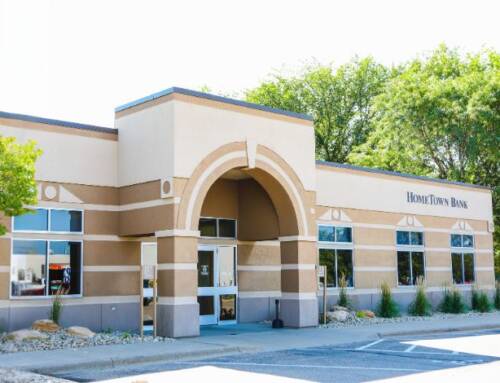The new year is upon us, and you may be thinking that now is the perfect time to invest in your home. Whether it’s a kitchen remodel, a roof replacement or the addition of a patio, the possibilities are endless. However, what isn’t limitless is the financial means you need to bring your project to fruition.
Fortunately, various financial institutions provide a range of financing options allowing you to choose the one that aligns best with your needs and project scope. Moreover, current interest rates make the present an opportune time to secure a loan.
Here are some ways to finance your projects, allowing you to turn your house into your dream home.
What is a Home Equity Line of Credit?
A Home Equity Line of Credit (HELOC) is a credit line secured by your home. It allows you to borrow money for big expenses or to consolidate high-interest-rate debt from other loans like credit cards.
A home equity loan can be an excellent option for singular financial requirements. This type of loan enables you to leverage the equity in your home as collateral, providing you with a sum of money to utilize according to your preferences.
What Do You Use a HELOC For?
A HELOC is a flexible financial tool allowing homeowners to borrow based on the equity they have built in their homes. Here are some common uses for a HELOC:
- Home Improvements and Renovations: Many homeowners use a HELOC to fund home improvement projects or renovations, such as remodeling kitchens and bathrooms or adding additional living space.

- Debt Consolidation: HELOCs can consolidate high-interest debt, such as credit card balances or personal loans. Borrowers may benefit from lower interest rates by paying off these debts with a HELOC.
- Education Expenses: Some individuals use a HELOC to cover education costs, whether for their own further studies or their children’s education. Education expenses can include tuition, books, and other related expenses.
- Emergency Funds: HELOCs can serve as a financial safety net for unexpected expenses or emergencies. Access to a line of credit can provide peace of mind and a quick source of funds when needed.
- Medical Expenses: HELOCs can be used to cover medical expenses, especially when health insurance may not fully cover treatment costs.
HELOC vs. Home Equity Loan: When Are They a Good Idea?
HELOCs and Home Equity Loans offer homeowners the opportunity to use their home equity for financial needs. Still, they serve different purposes and have distinct characteristics. Here’s a breakdown of when each might be a good idea:
HELOC:
- Good for: Regular or variable costs, flexible borrowing needs, interest-only payments early on, and potential tax deductions for home-related expenses.
- Considerations: Variable interest rates, changing monthly payments, and impact on home equity.
Home Equity Loan:
- Good for: One-time, specific expenses, predictable repayment with fixed interest rates, and situations where the total amount needed is known upfront.
- Considerations: Fixed monthly payments, interest rate stability, and home equity impact.
How Does a HELOC Work?
A HELOC allows homeowners to leverage their home equity with a set credit limit determined by the property’s value and outstanding mortgage balance. During the flexible draw period, lasting up to 10 years, borrowers can access funds as needed through various means such as checks or online transfer. Variable interest rates, influenced by market conditions, apply during the draw and repayment periods.
In the subsequent repayment phase, spanning 10 to 20 years, borrowers transition from interest-only payments to repaying both principal and interest. Monthly payments become higher, contingent on the outstanding balance and prevailing interest rates. Borrowers need to understand the terms, including interest rate fluctuations and the secured nature of the HELOC by their home equity. Responsible management ensures homeowners maximize the benefits of a HELOC while mitigating potential risks.
Options to Meet Your Needs
In conclusion, a Home Equity Line of Credit (HELOC) and a Home Equity Loan offer homeowners valuable financial options. HELOC and Home Equity Loans are two options for accessing funds. HELOC offers flexibility, while Home Equity Loans have fixed interest rates. Both have pros and cons.
Understanding the tax benefits, lower interest rates, and eligibility criteria is crucial for responsible decision-making. As these financial tools are secured by home equity, borrowers must carefully assess their financial goals, risk tolerance, and ability to manage repayments. With a clear understanding of the processes and potential benefits, homeowners can make informed choices to leverage their home equity wisely, enhancing their financial flexibility while minimizing risks.
Ready to Learn More?
If you’re interested in upgrading your home, talk with one of our local HomeTown Bank lenders to get the application process started.






